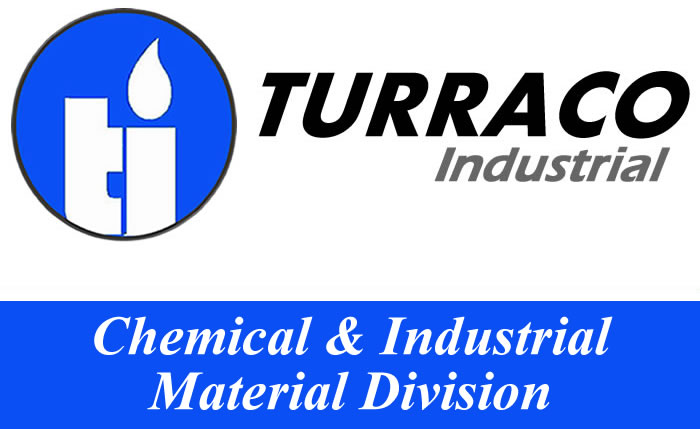Polyacrylamide PAM & Polyelectrolyte
Polyacrylamide, abbreviated as PAM, is a polymer formed from acrylamide subunits. It is highly water-absorbent, forming a soft gel when hydrated.
In the straight-chain form, it is used as a thickener and suspending agent. One of the largest uses for polyacrylamide is to flocculate solids in a liquid. This process applies to water treatment, and processes like paper making and screen printing. Polyacrylamide can be supplied in a powder or liquid form, with the liquid form being subcategorized as solution and emulsion polymer.
Another common use of polyacrylamide and its derivatives is in subsurface applications such as Enhanced Oil Recovery. High viscosity aqueous solutions can be generated with low concentrations of polyacrylamide polymers, and these can be injected to improve the economics of conventional water flooding.
Polyelectrolytes are polymers whose repeating units bear an electrolyte group. These groups dissociate in aqueous solutions (water), making the polymers charged. Polyelectrolyte properties are thus similar to both electrolytes (salts) and polymers (high molecular weight compounds) and are sometimes called polysalts.
Polyelectrolytes have many applications, mostly related to modifying flow and stability properties of aqueous solutions and gels. For instance, they can be used to destabilize a colloidal suspension and to initiate flocculation (precipitation).
They can also be used to impart a surface charge to neutral particles, enabling them to be dispersed in aqueous solution. They are thus often used as thickeners, emulsifiers, conditioners, clarifying agents, and even drag reducers. They are used in water treatment and for oil recovery.
Many soaps, shampoos, and cosmetics incorporate polyelectrolytes. They are used in a variety of materials, including cement.
For additional information and documents about Polyacrylamide and or Polyelectrolyte, or how we can supply your organization, please give us a call, send us an email or contact us here: |

